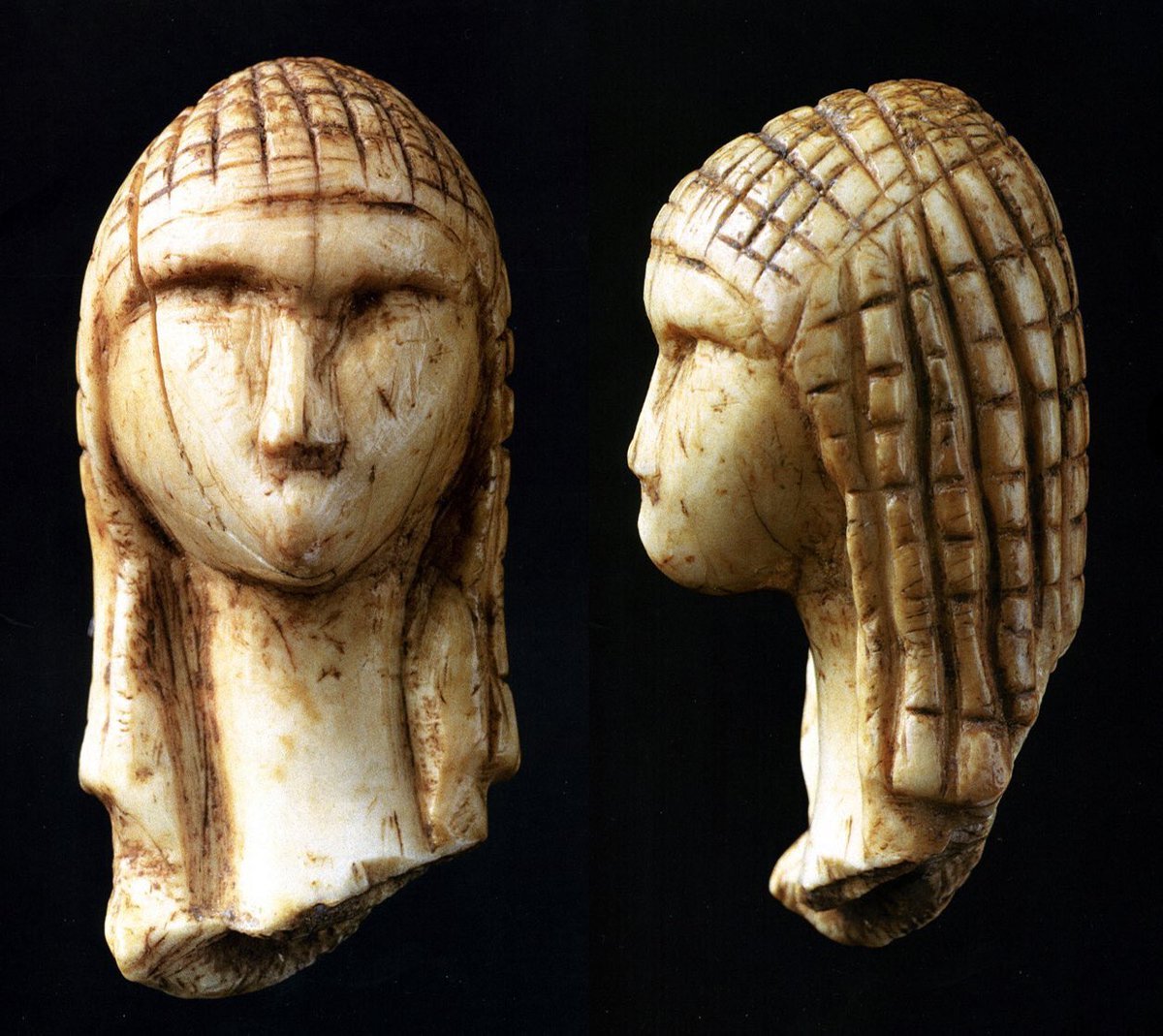1752
1754
1756
1757
1758
1759
1760
Fame escorting Pegasus by Eugene Louis Lequesne, 1875. Photographer: Louis-Emile Durandelle, Musee D’Orsay, Paris. @ClassicalMyths
1761
1765
1767
1768
1769
1770
1771
1774
























